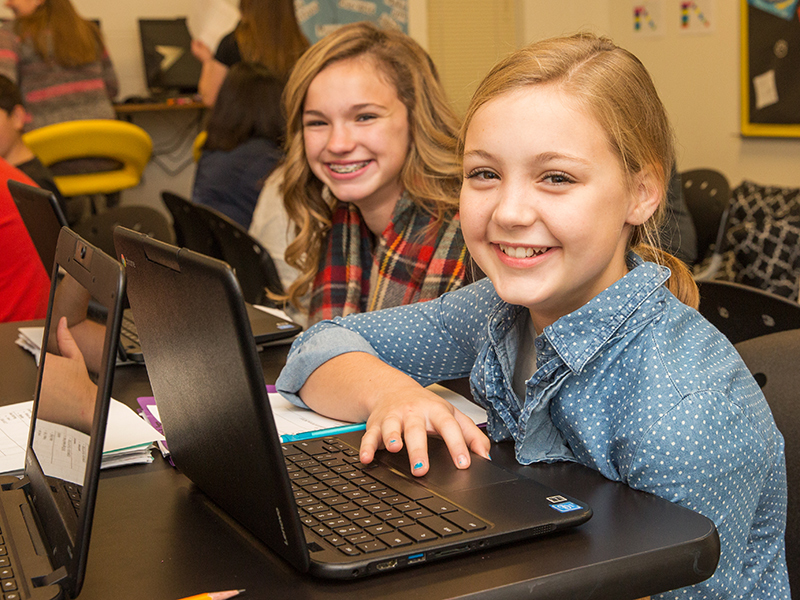Context
Cisco Junior High’s 6th grade science teacher uses emoji folders to take a quick pulse of how students feel about their progress on daily work toward mastering a learning standard. At the end of each day students reflect on their learning and place a popsicle stick into one of four emoji folders next to the door on their way out. Each folder corresponds with a different level of content knowledge. They are:
- Smiling face with sunglasses - I understand it and think I could teach it to others.
- Grinning face - I understand it pretty well without the need for outside help.
- Thinking face - I understand it but could use a little help.
- Frowning face with open mouth - I don’t understand it yet.
Emoji folders provide students with a fun prompt to think about their learning progress, and teachers with another data point that can inform instruction. While teachers aren’t able to learn as much as they would during a 1:1 conference, the folders provide important high level data in a time efficient manner. The teacher reviews responses each day, analyzing trends and modifying instruction based on the data. For example, students who claim to not know it yet might get pulled into a small group the following day. The teacher also frequently compares this data with academic performance data. Doing so allows the teacher to see how well the students’ understanding of their learning progress matches with their actual progress. When there is misalignment, for example when a student performs well on a performance task but selects the Thinking or Frowning emoji, the teacher meets with the student to determine the disconnect and help address it. This simple end-of-class exercise is an effective communication tool between the teacher and each student in the class.
Student Does
- Reflects on their learning progress at the end of each class.
- Puts the popsicle stick with their name on it in the folder that most closely matches their level of comfort with the material covered in class that day.
Teacher Does
- Reviews each student’s emoji selection.
- Provides interventions when necessary, such as when students are low and shouldn’t be, or when there is misalignment between student performance and their perception of performance.
Technology Does
- Provides performance data for the teacher to compare to students’ emoji selections.
Strategy Resources
Cisco Exit Emoji Explanations
Students at Cisco Junior High give emoji ratings to provide qualitative data each day about... Learn More
